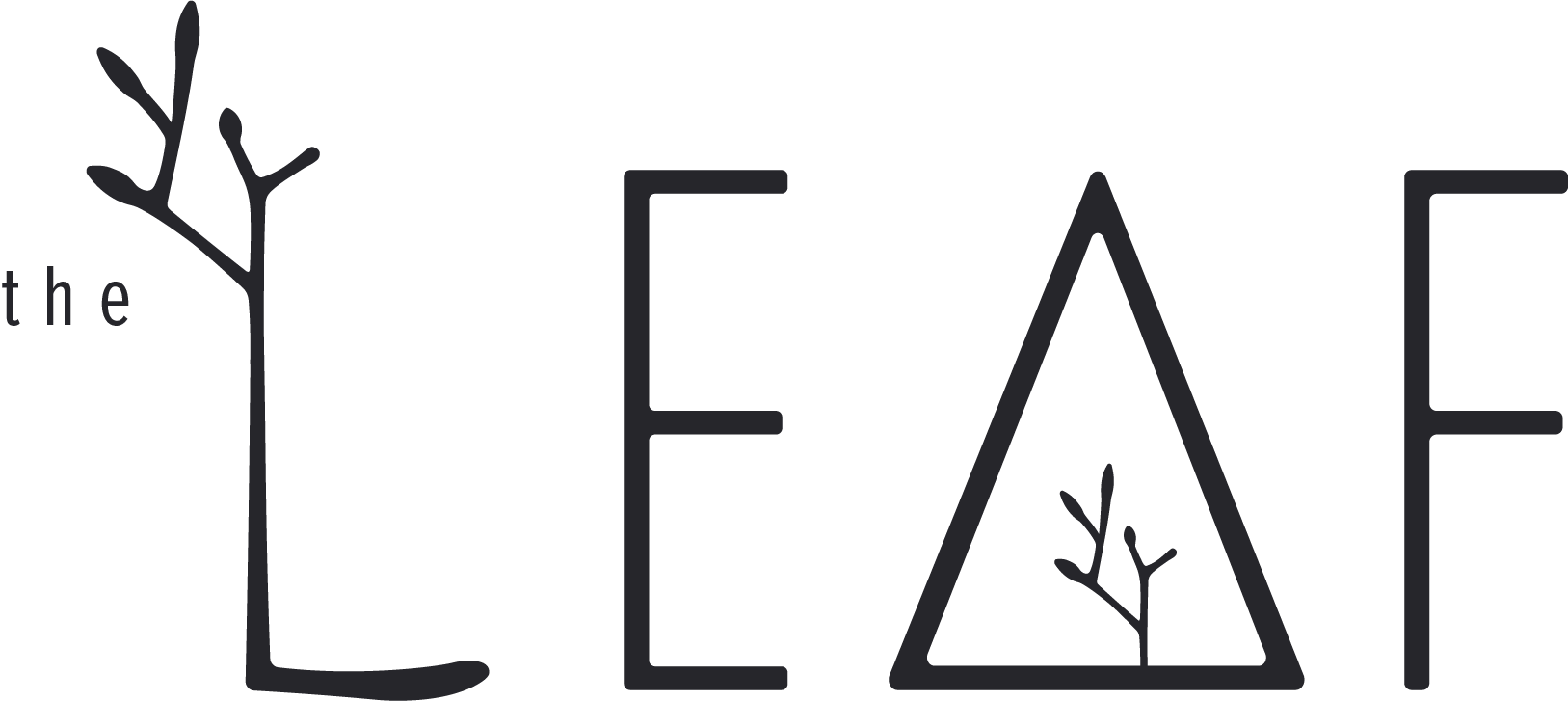Reaching out, Resources and Research
(aka, the Roots)
You’ve made it!
All the way from the Canopy, down the Trunk, hit the Ground and now you’re amongst the Roots.
Roots explore the dark, foraging and providing resources, while mycorrhizal fungi link forests together, into border crossing superstructures.
Likewise;
Our research helps guide efforts in the field, while our partners provide the scope to expand conservation projects into a truly global impact.
We’re going to take you through some interesting partnerships, some of our research, and a free resource at the end. Buckle up!
1
LEAF is part of the RESTOR network. It’s an incredibly cool creation, allowing everyone to quickly, easily and intuitively check out the conservation potential of anywhere, worldwide.
Essentially, the user draws a polygon (shape) around areas on a map.
RESTOR then provides data, from the total carbon stored in the soil and soil pH, to potential biodiversity and tree cover!
Anyone can use this as a tool for the natural world, whether that’s in their own back garden, a local disused field or even a whole city.
If you’d like help, publish your site on the website, or keep it private for individual insights.
Science is for everyone, data is for everyone. Neither is scary, but both are incredibly powerful tools.
(Try using RESTOR in conjunction with some of the tips given in our free resource; create your own sites, explore, and personally add to conservation)
2
Research in LEAF currently is focused around our partnerships with Pwani University, and other plant nurseries. LEAF and Pwani are establishing their own botanical forest-garden: helping student education, aiding researchers, growing saplings for reforestation and providing a biodiversity haven.
Unsurpisingly, replanting efforts require saplings; a lot of them.
Biodiverse replanting? Species x Saplings, each with their own specific requirements. Through our research and partnerships, LEAF is scaling up germination success, so forests can hit the ground running.
(We’re also open to partnerships with any researchers, not just from Pwani, from tiny ones to venerable elders)
3
We recognise that conservation is hard, especially so when you’re new to it.
What should I do?
How can I do it?
Can I even make a difference?
Should I just give up on this as a bad job and do some retail therapy?
Well the answers are:
Read on, read on, absolutely and absolutely not.
We’ve put together a handy resource for you to use, wherever you are.
It’ll tell you:
How to make a direct impact.
How to find groups who are already making an impact.
How you can advocate for the natural world through your government representative.
How you can join the worldwide research community.
Free Resource ↴
Click the button below, take a look at how you can make a real difference



